As an entrepreneur who started my business during the pandemic, enlarging my network presents special challenges. I’ve found the pandemic also present opportunities. I’ve learned the value of the peer coaching call.
When I talked to Christy Johnson, founder of Artemis Connection, about joining her Project Ascendance for women launching new programs, I told her I wanted to be part of a cohort. I knew the value of the cohort model having created and led other cohort- based learning opportunities.
Halfway through the two-month program, I got an email from a classmate, Lizzie Mintus of Here’s Waldo Recruiting, asking to connect. As part of the program, we were given a database of our classmates’ names, phone numbers, specific asks for help as well as skills they could offer to others. We were encouraged to reach out. I hadn’t found the time to reach out to anyone up until Lizzie reached out. We ended up talking for an hour on Mother’s Day morning about her website and my new communication tool.
I was so inspired by our conversation that I reached out to five other women from the class who I’d worked with in breakout groups. Almost all of them responded to my Calendly to set up a time within the next two weeks. After that I decided to reach out to another five women from the class. And then to the remaining four women who I didn’t have any direct contact with. Most of the women responded. Each classmate thanked me for reaching out first. Someone has to be the first to ask for a connection in a new relationship.
As we are slowly emerging and preparing for post-pandemic life, I don’t want to go back to my old life of running from meeting to meeting. While I still have to expand my network, I realize that a phone call or a Zoom meeting are great substitutes for in-person meetings. I also realized having a few 1:1 meetings that are meaningful is better than going to meetings with one big meeting where I don’t get to actually know anyone.
Tips on reaching out
I’ve previously written about the value of deepening relationships during the pandemic because I felt like strengthening already existing ties was much easier than creating new connections without the serendipity of chance meetings at in-person events. This recent experience changed my mind. Virtual networking works.
Here are some tips:
- Follow-up and ask for a meeting. I have been part of so-many meet and greets and networks where no one follows up. Here’s a template: We met through this group_ (in case you think they might not remember). Would you be interested in having a follow-up conversation about (whatever you talked about) or I would like to talk to you about (name a topic that you anticipate but will be mutually beneficial)
- Offer a variety of times to meet. Some people are working full-time jobs, so have evening and weekend times available as well as daytime spots. Link to a self-scheduling tool (Calendly is my favorite) to make it easy to identify a time.
- Have a clear ask. Strangers may want to know, “What do you want? Are you trying to sell something to me?” Alleviate their concerns by making it clear what you want. “I’d like your advice on… “ and also make it clear that you’d like to help them as well.
Setting the agenda
With Lizzie, I suggested we schedule an hour, half of the time for her questions and the other half for mine. We got to practice our elevator pitches and give each other feedback. The format worked so well that I made the same suggestion to others in the class. I got to review pitch decks, talk through business structures, and discuss how to prototype products. I asked my classmates to do a user test of a new assessment tool I was refining.
The format makes the purpose of the conversation very clear. Some might not like the transactional nature of it. As someone who spends a lot of time relationship building, I see this particular format as a fair way to determine if there’s chemistry and potential for future conversation . It’s refreshing to know that each person gets half the time and there is no trying to politely segue to another topic. It has reduced the instances when I listen to someone talk for 50 min about their problems and I get 10 min to talk. This happens because I like to think of myself as a good listener and I don’t want to interrupt someone. This format helps me express my needs.
I find people appreciate simple directness. You get time and I get time. We help each other by listening. Sometimes, people may hesitate to ask for help because they feel they have nothing to offer in response. I’ve been surprised by how helpful I can be to those in totally different fields. Don’t underestimate the power your fresh perspective can bring to someone else’s problem.
This agenda reduces the stress of ambiguity. People generally want to be polite. We don’t always come to the conversation with the same expectations. Stating the intention for the conversation takes the guesswork out of trying to read facial expressions and verbal cues. Mind you, I do this for strangers or new acquaintances, not with established relationships. To be honest, I think if I had started some relationships off this way, there would be more reciprocity in conversation.
I think this explicitly reciprocal approach can protect yourself from “takers”. Some people, particularly over LinkedIn, want to arrange a time to chat with me about something they’re working on. I now suggest this reciprocal agenda, which shifts it to a peer- coaching session. Some people never respond to this suggestion. I protect myself from pure takers who aren’t willing to give me some of their time in exchange for theirs.
Decide who to contact
After successfully using this approach, I want to bring this model to another circle of entrepreneurs I will join this summer. I might even reach out to my older networks.
People will either want to participate or they won’t. You won’t know until you try.
I’ve really valued hearing from different perspectives. Whenever I ask for someone to react to something I’m working through, I get to learn about how someone thinks and approaches things, often very differently from how I do it. Instead of small talk, which is often trying to find points of consensus, I’m looking for something I don’t know yet and I’m explicit in asking for that. While validation is nice, I would rather learn about my blind spots.
I am interested to see if this model will help me engage with groups of people I never truly tapped into. To see if I can create new relationships from old networks of acquaintances. I’ll let you know how it goes.

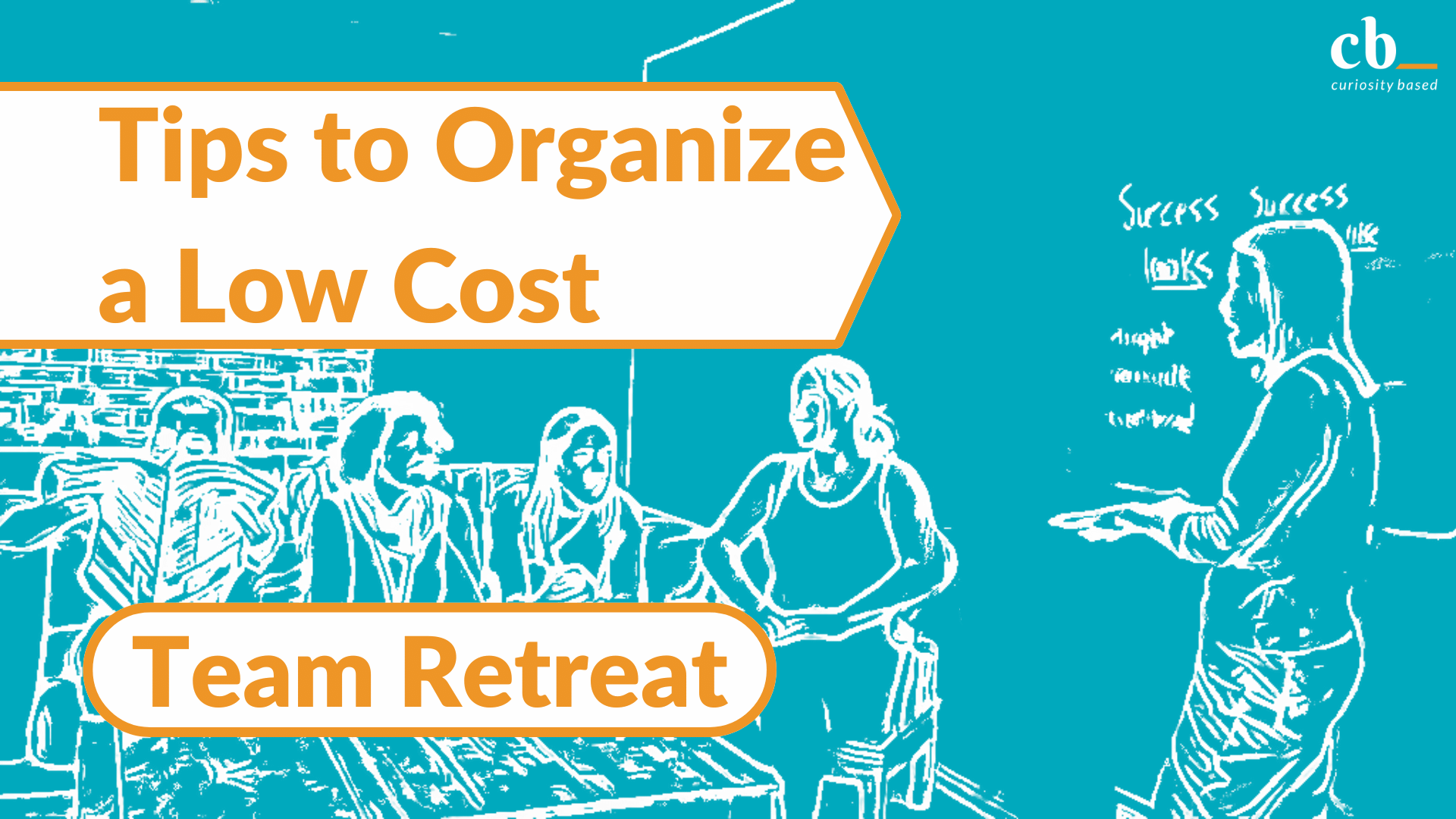
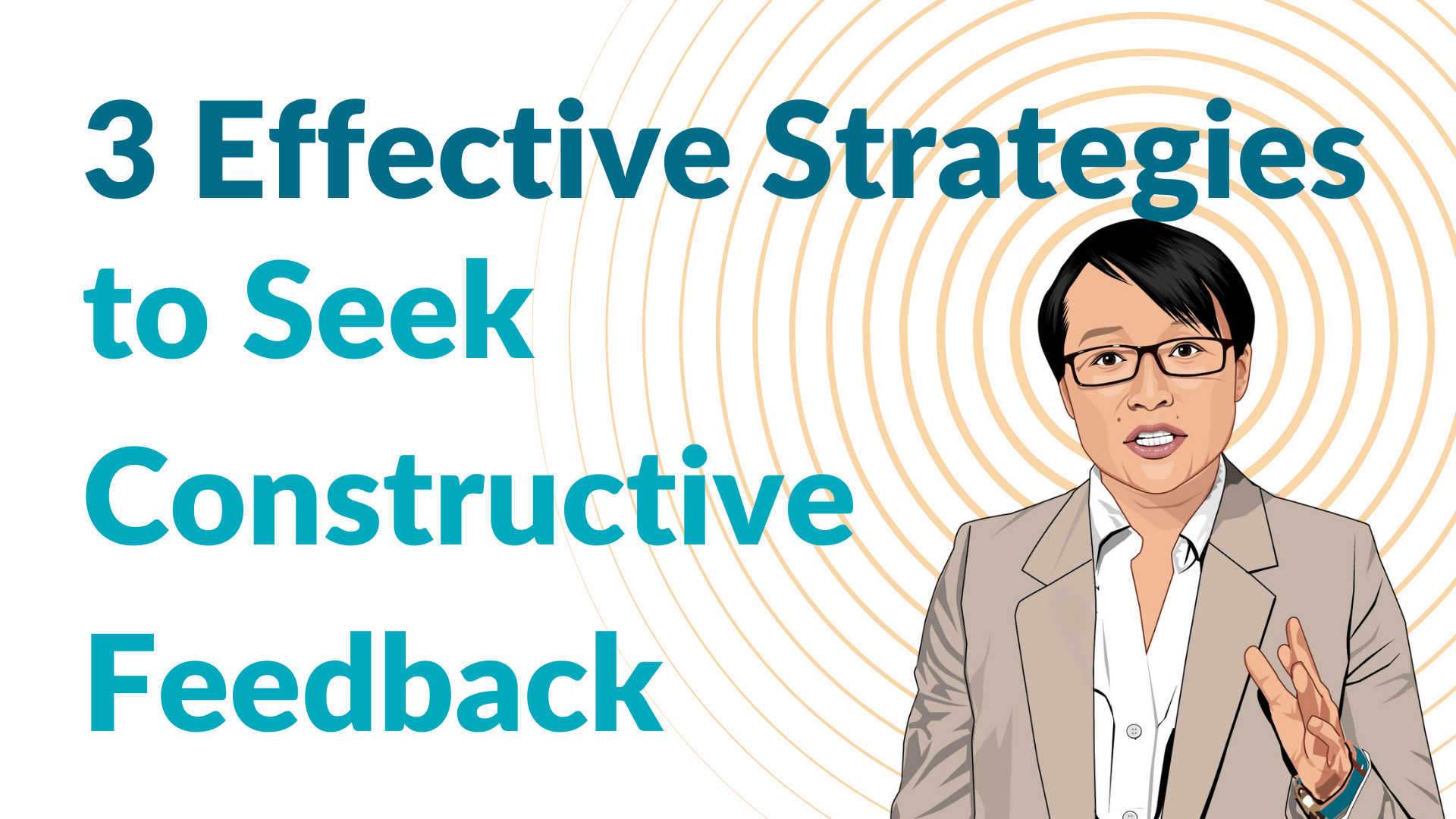
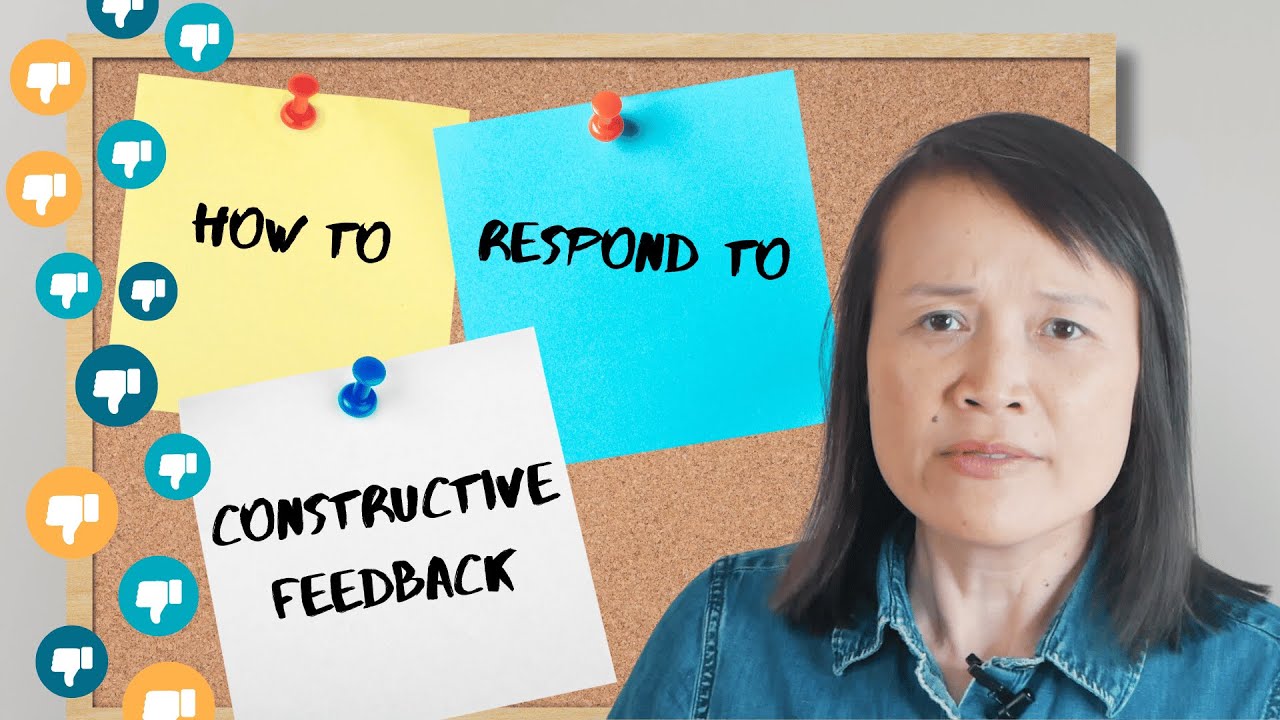


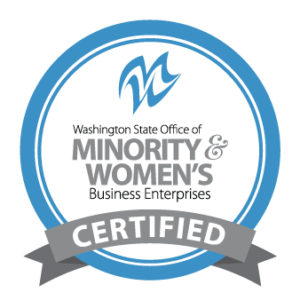
Leave a Reply